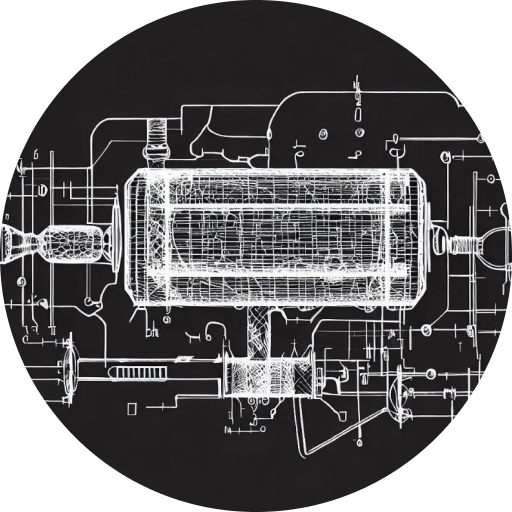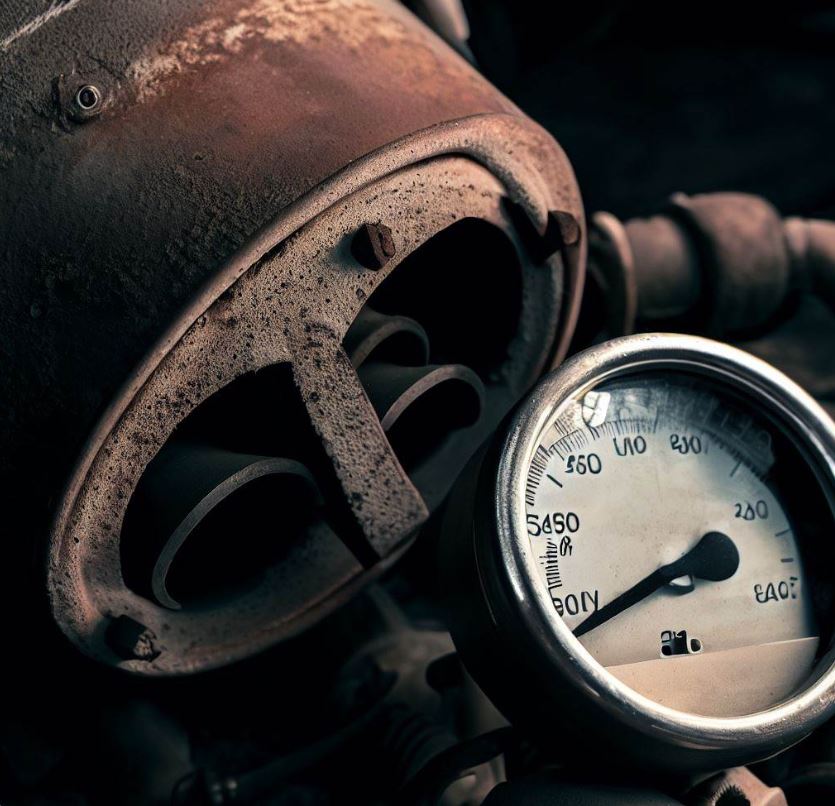Temperature Range of Catalytic Converters: How Hot Can They Get?
Catalytic converters are critical components of vehicle exhaust systems that help reduce harmful emissions. Understanding the temperature range of catalytic converters is essential for their proper functioning and longevity. In this article, we will explore how hot catalytic converters can get and the factors that influence their temperature.
What is a Catalytic Converter?
Before delving into the temperature range, let’s define what a catalytic converter is. A catalytic converter is an emissions control device located in the exhaust system of vehicles. Its primary function is to convert harmful gases and pollutants, such as carbon monoxide, nitrogen oxides, and hydrocarbons, into less harmful substances through a catalytic process.
The Operating Temperature of Catalytic Converters
Catalytic converters operate within a specific temperature range to efficiently carry out the catalytic process. The optimal operating temperature for most catalytic converters is between 400°C (752°F) and 800°C (1472°F). At this temperature range, the catalyst materials inside the converter, such as platinum, palladium, and rhodium, become active and effectively convert harmful gases into less harmful substances.
Factors Affecting Catalytic Converter Temperature
Several factors influence the temperature of a catalytic converter during operation:
Engine Operation
The temperature of the catalytic converter is directly influenced by the engine’s operation. As the engine runs, it generates heat, and this heat is transferred to the exhaust system, including the catalytic converter. Factors such as engine load, speed, and fuel-air mixture can impact the temperature reached by the catalytic converter.
Exhaust Gas Flow
The flow rate of exhaust gases passing through the catalytic converter affects its temperature. A higher flow rate can help dissipate heat more effectively, keeping the converter within the optimal temperature range. On the other hand, a restricted or limited exhaust gas flow can lead to higher temperatures and potential damage to the converter.
Vehicle Design and Cooling Systems
The design of the vehicle and its cooling systems also play a role in managing the temperature of the catalytic converter. Adequate airflow and proper heat dissipation mechanisms, such as heat shields and cooling fins, help maintain the converter within the desired temperature range.
Importance of Operating Temperature
Operating within the optimal temperature range is crucial for catalytic converters to function effectively. If the temperature is too low, the converter may not reach its catalytic activity, leading to reduced emission control performance. On the other hand, if the temperature exceeds the upper limit of the range for an extended period, it can cause catalyst degradation and potential damage to the converter.
Conclusion
Understanding the temperature range of catalytic converters is essential for their proper operation and longevity. If you’re interested in learning more about catalytic converters, we recommend checking out the articles “The Precious Metal in Your Catalytic Converter: What is It?” and “Discover the Precious Metals Inside Your Catalytic Converter” for further insights.
- Upgrade Your Honda Accord with the Best Catalytic Converter for Enhanced Performance - October 30, 2023
- Boost Your Chrysler 300’s Performance with a High-Quality Catalytic Converter - October 30, 2023
- Enhance Your Jeep Liberty Performance with a Catalytic Converter - October 30, 2023









